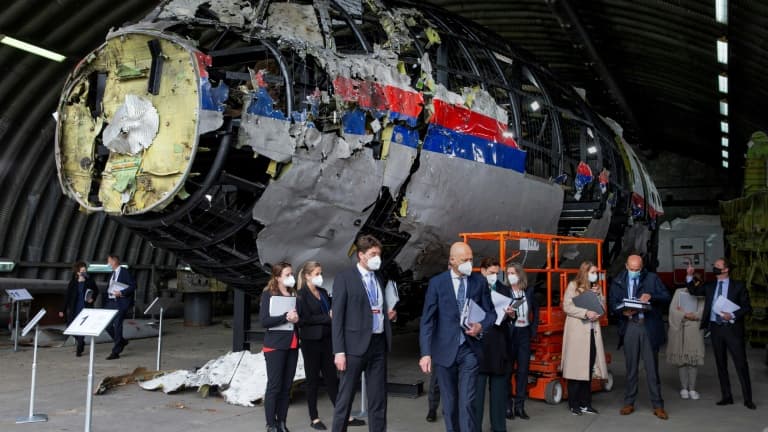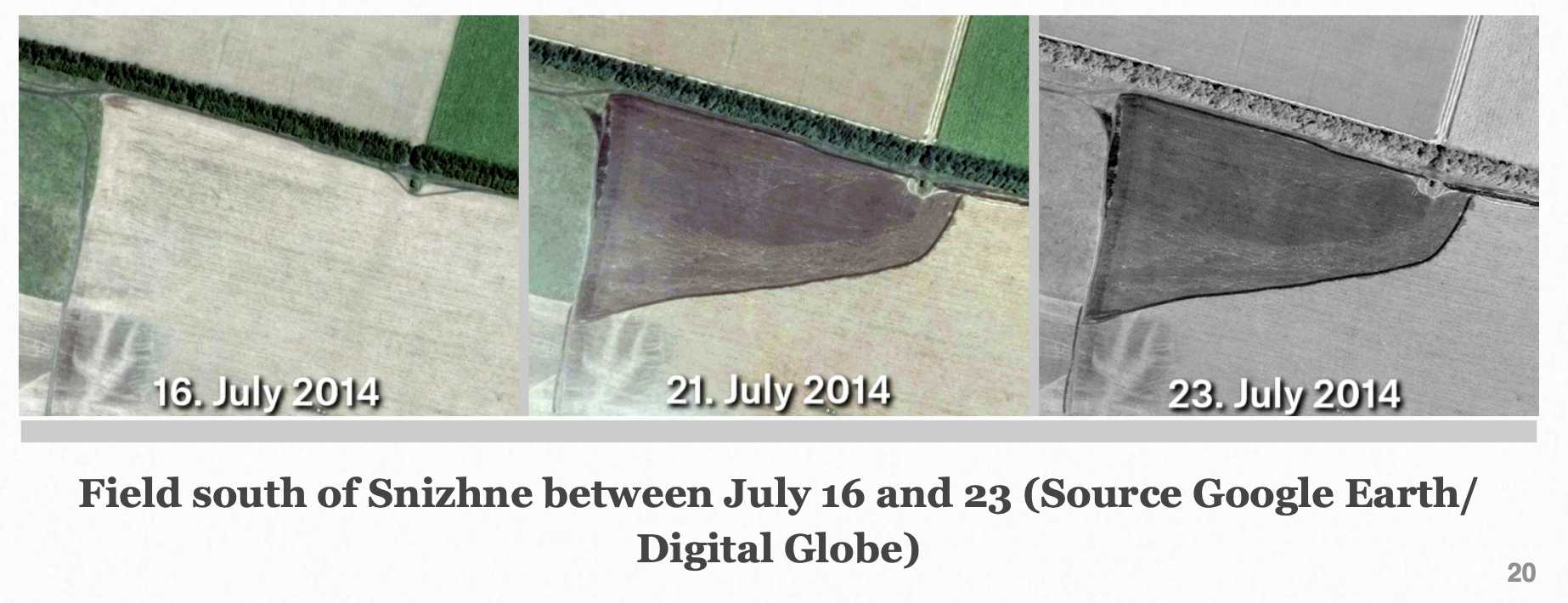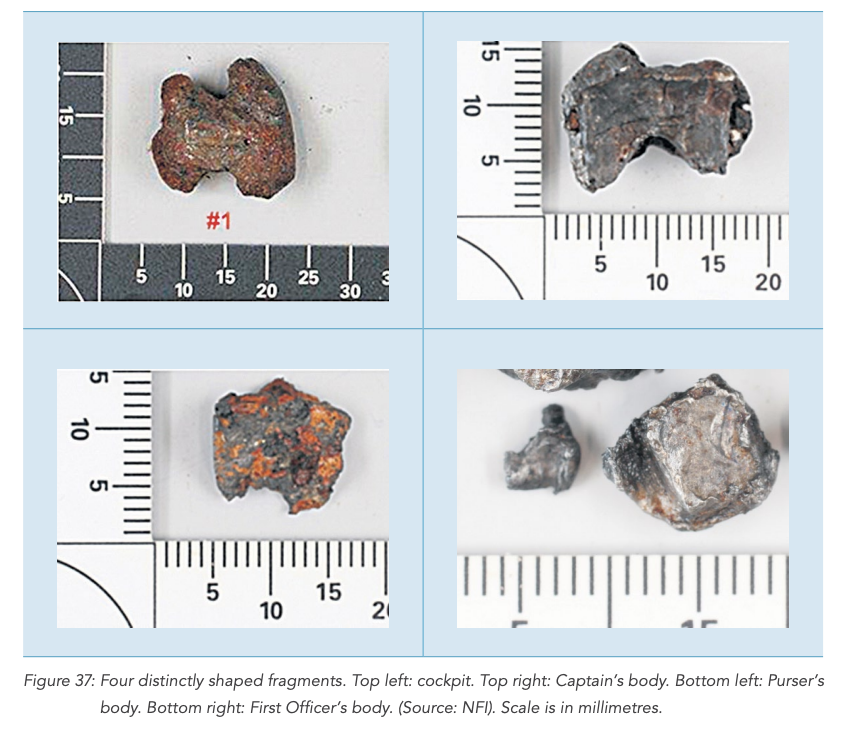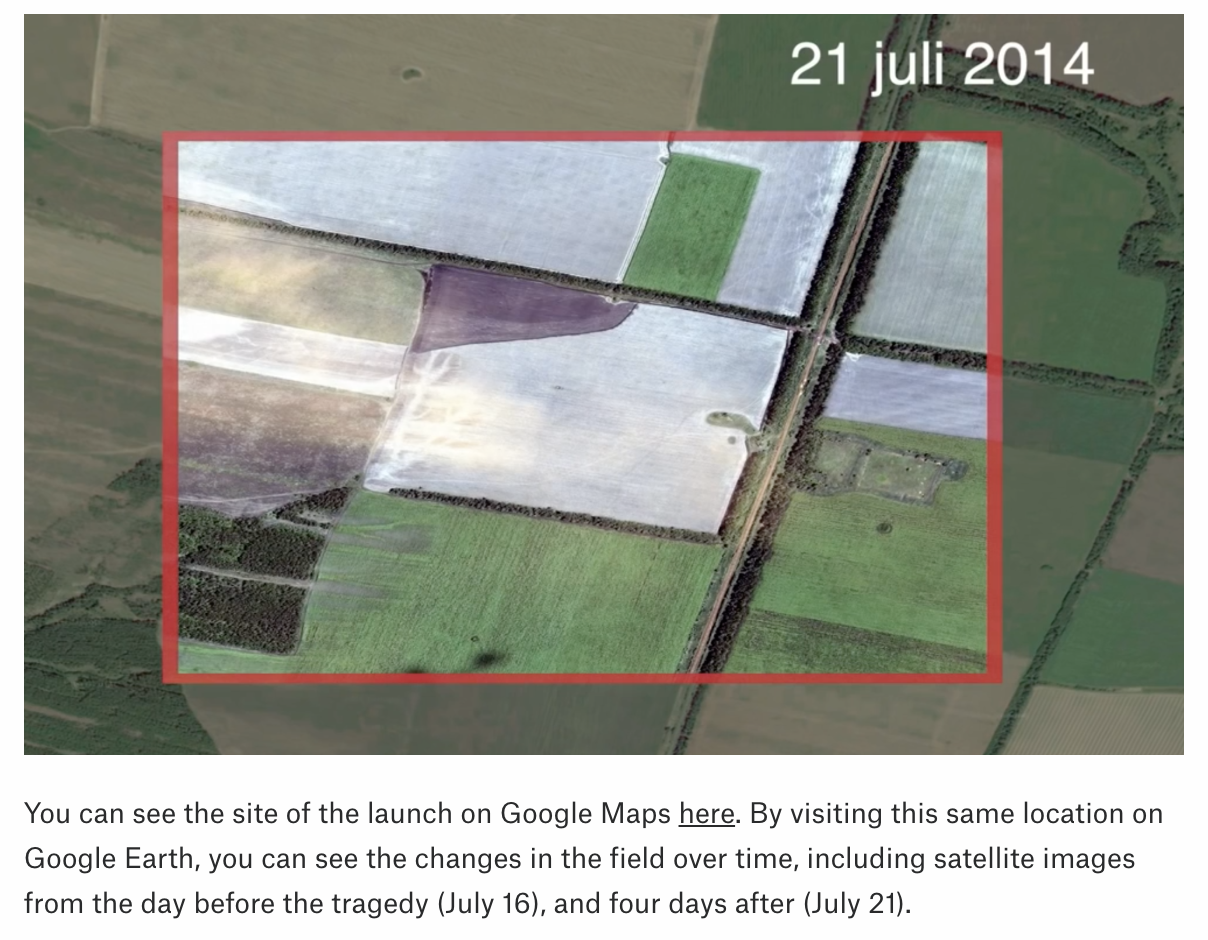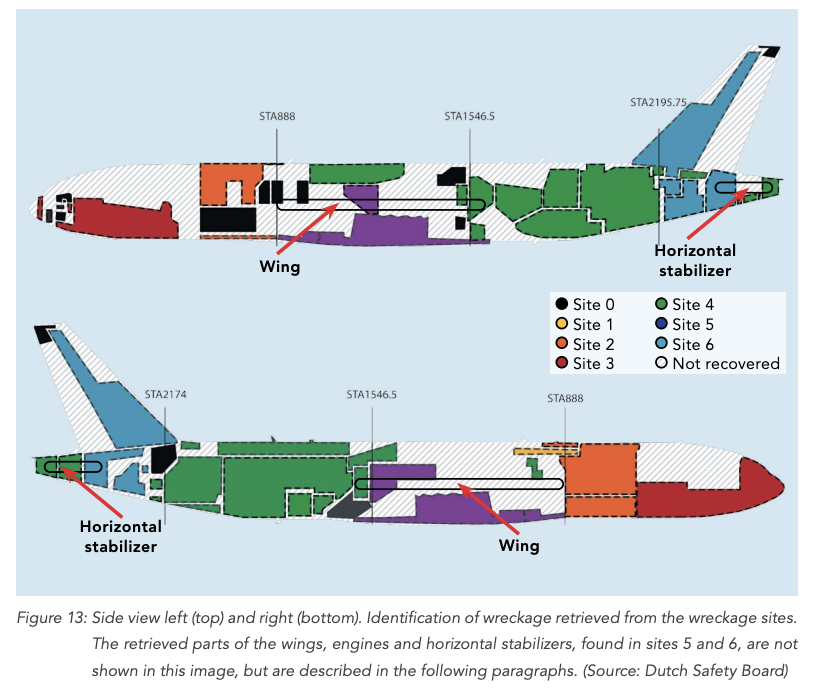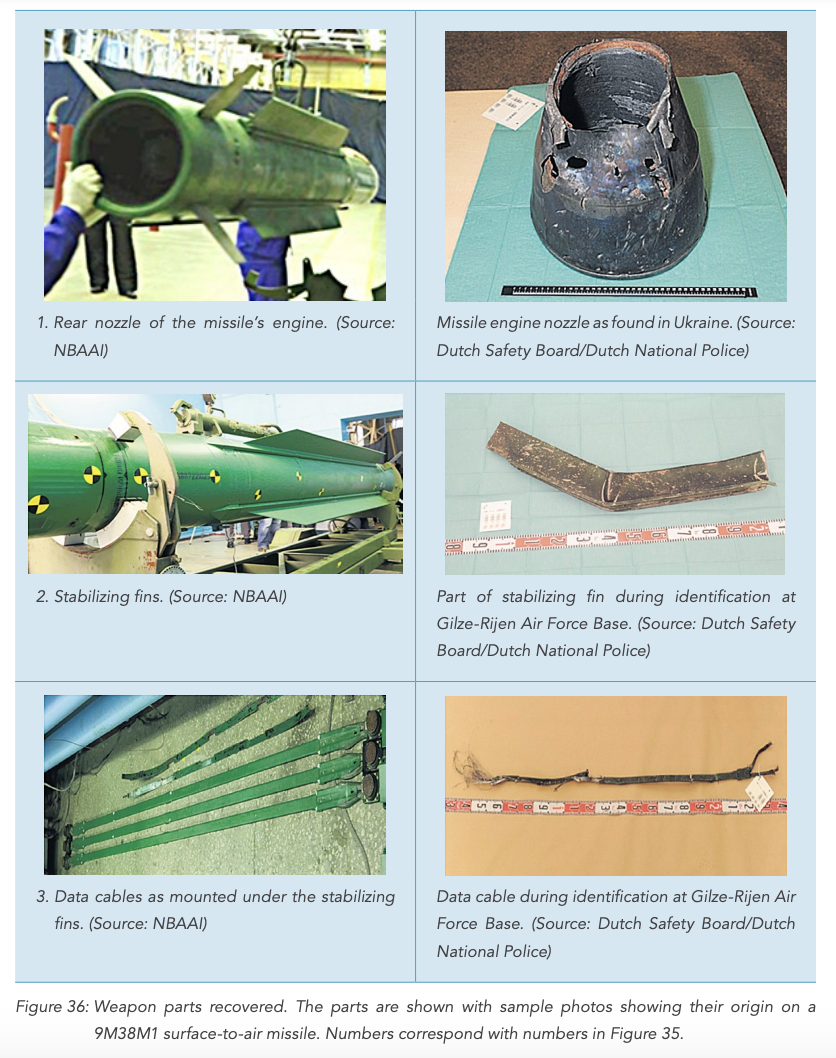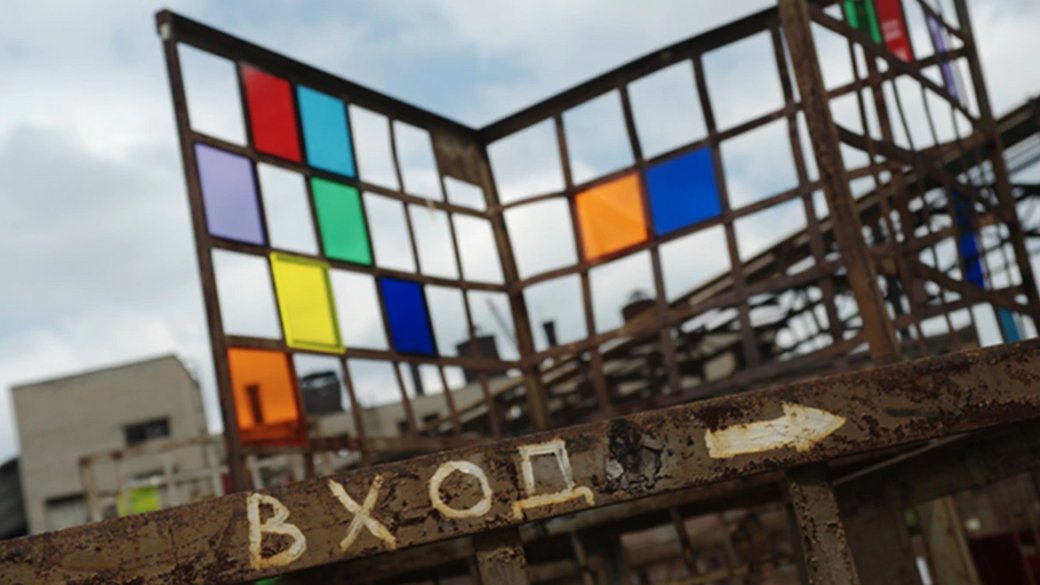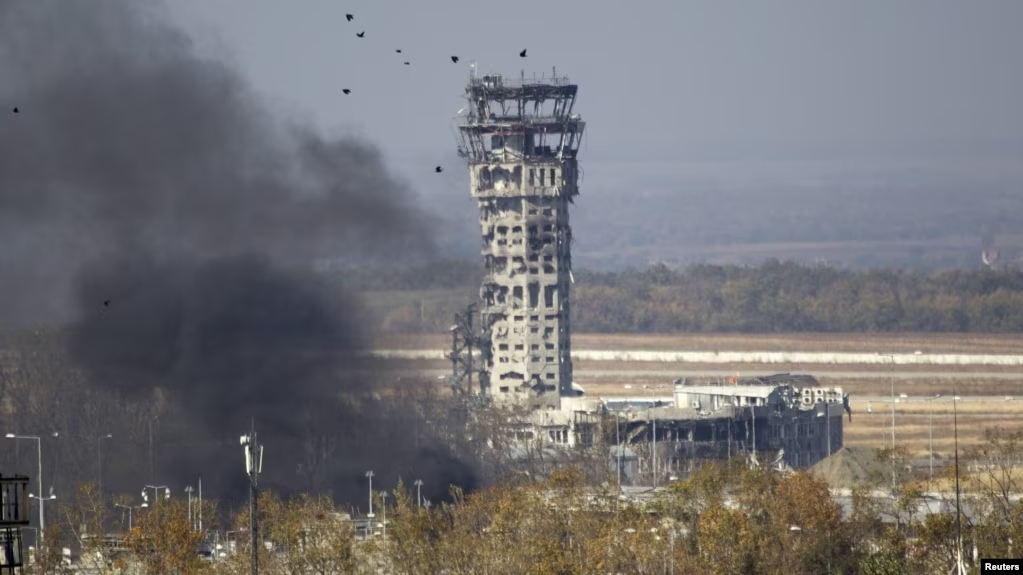The Russian Federation directed a military crew and the Buk missile system to eastern Ukraine at the request of Russian agents Igor Girkin and Alexander Borodai, by their appeal to the head of the Russian occupation administration in Crimea, Sergei Aksyonov, the then deputy chief of the Russian military intelligence, Alexei Dyumin, the first deputy head of the Federal Security Service Border Service, Andriy Burlaka, and the assistant to the President of the Russian Federation, Alexander Surkov. On June 19, 2014, the request was approved by the President of the Russian Federation following a meeting of the Security Council of the Russian Federation.
On June 23, 2014, the crew and the Buk missile system 3x2 (332), equipped with four missiles from the arsenal of the 53rd Kursk Anti-Aircraft Missile Brigade of the Russian Armed Forces, set out from a military base in the city of Kursk towards Ukraine. The crew consisted of four people: a commander, two operators, and a driver-mechanic. The commander was directly responsible for the missile launch.
On June 25, 2014, the crew and the Buk missile system 3x2 reached the Ukrainian-Russian border at the Nizhnomytakyne hamlet near the town of Millerovo in the Rostov region. As of July 15, 2014, it was known that 193 military personnel from the 53rd brigade were present at the border with Ukraine.
On the night of July 16-17, 2014, the Buk missile system 3x2 crossed the border on a cargo trailer near the town of Severny in the Luhansk region. The Buk system followed the following route: Sorokino - Luhansk - Alchevsk - Debaltseve - Yenakiyeve - Makiivka - Donetsk - Makiivka - Zuhres - Shakhtarsk - Chystyakove - Snizhne. From the town of Snizhne, the Buk missile system proceeded on its own to the launch site near the town of Pervomaisky in the Donetsk region.
The entire process of transporting the Buk missile system 3x2 to the launch site was carried out by Russian agents in a defined hierarchy: Igor Girkin > Sergey Dubinsky > Oleg Pulatov (who was later acquitted) > Leonid Kharchenko.
The same individuals hastily decided to transport the Buk missile system 3x2 on a trailer back to the Russian Federation after the plane was shot down, using this route: Snizhne - Khrustalnyi - Debaltseve - Luhansk - Severnyi settlement. One of the four missiles was missing from the system. On July 18, 2014, the system crossed the border into the Russian Federation.
Almost immediately after the civilian plane was shot down, Igor Girkin reported it as if it were the supposed shooting down of a military transport plane, the AN-26. However, the publication was deleted just a few hours later. Russia began falsifying evidence and producing countless versions of the event, including the Russian propaganda claiming that the Boeing was shot down by a Ukrainian military plane, the SU-25, or by a Ukrainian Buk missile system from Ukrainian-controlled territory. These versions were refuted. Russian media published supposedly satellite images, which also turned out to be fake.
 South of the village of Petropavlivka and northwest of the village of Krasnyi Luch in Donetsk Oblast
South of the village of Petropavlivka and northwest of the village of Krasnyi Luch in Donetsk Oblast
 2014-07-17
2014-07-17
